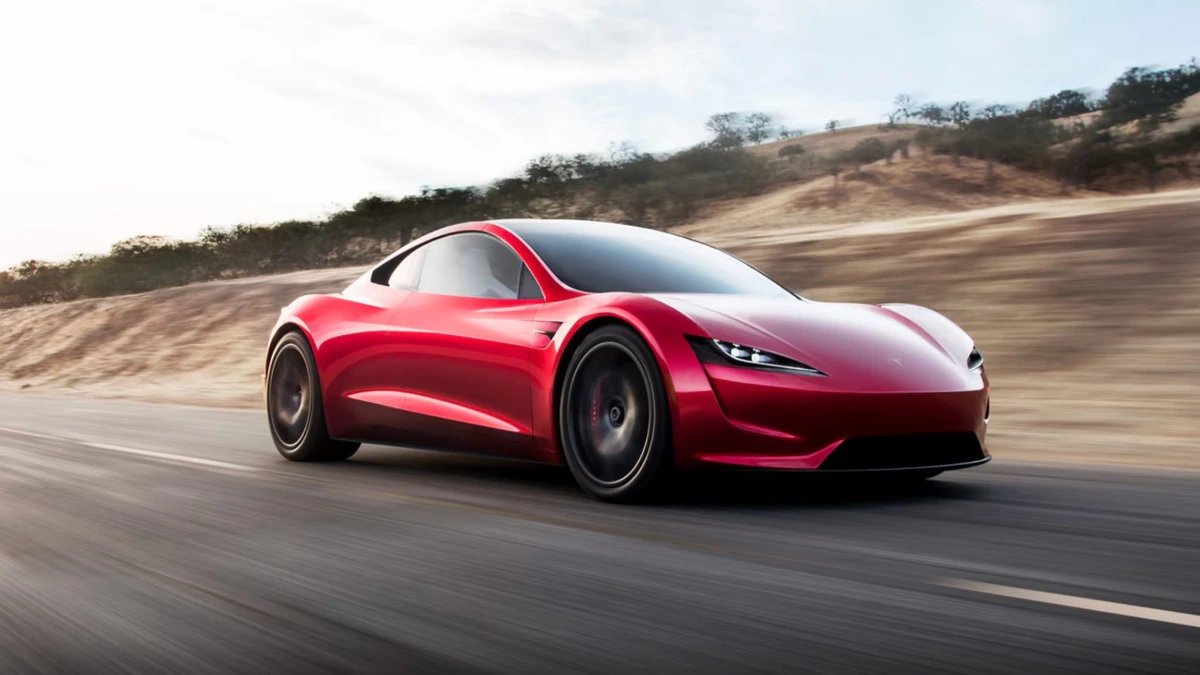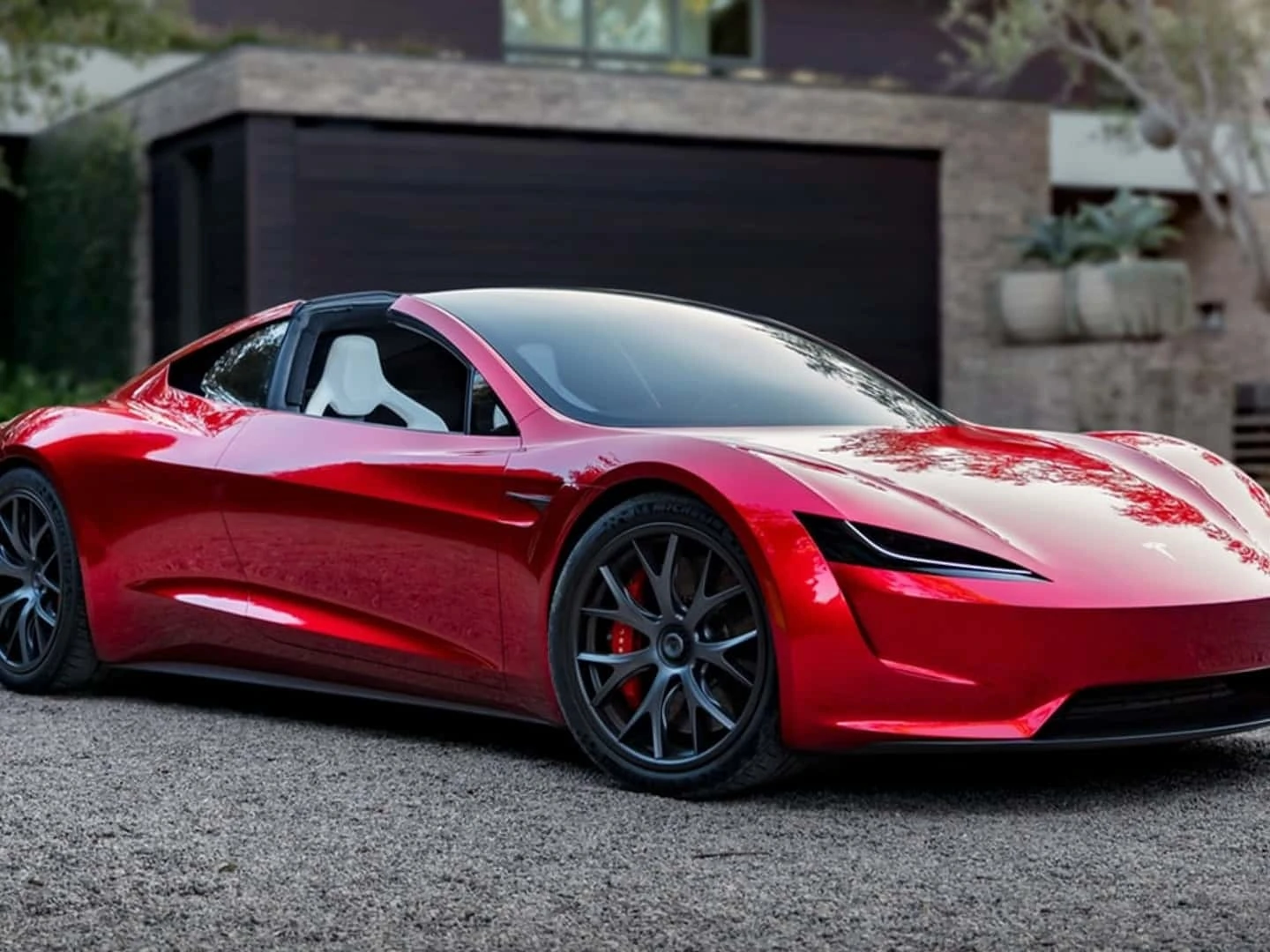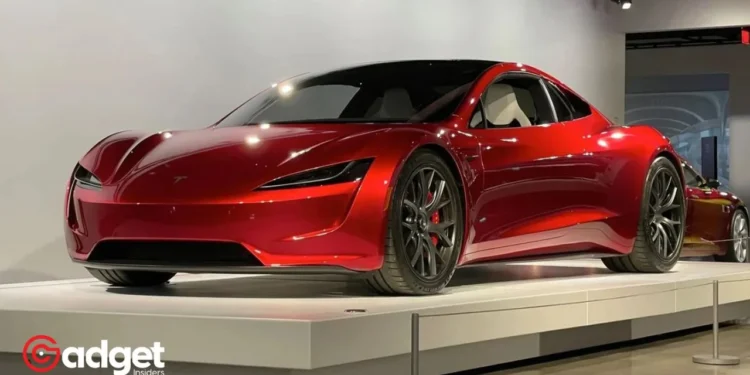In the high-octane world of supercars, a new chapter is being written as titans of the industry clash over groundbreaking claims of acceleration prowess. Elon Musk, the visionary CEO of Tesla, recently set the automotive world abuzz with his bold assertion that the upcoming Tesla Roadster will redefine speed standards by accelerating from 0 to 60 mph in under a second.
This audacious claim not only raises the bar for electric vehicles but also challenges the very limits of automotive engineering.

Tesla Roadster: The Electric Titan’s Declaration
Tesla’s ambition to push the boundaries of electric vehicle performance is no secret, and the Tesla Roadster has been at the heart of this mission.
Musk’s recent announcement on X, formerly known as Twitter, that the Roadster’s design goals had been “radically increased” to achieve this unprecedented acceleration has ignited both excitement and skepticism. The prospect of a road car breaking the one-second barrier to 60 mph is not just revolutionary; it’s nearly unfathomable.

A Rival’s Perspective: Bugatti Rimac’s Take
Amid the whirlwind of anticipation, Mate Rimac, the CEO of Bugatti Rimac, steps in with a grounded analysis of Musk’s claim. Rimac, a pioneer in his own right, leads a company that has consistently set benchmarks in the electric sports car arena.
The Bugatti Rimac Nevera, with its current record of a 1.71-second sprint to 60 mph, stands as a testament to what’s achievable in the realm of electric acceleration. Rimac acknowledges the technical possibility of Musk’s claim, citing thrusters as a viable means to achieve such breakneck acceleration.
However, he also points out the significant trade-offs, highlighting the substantial “dead weight” from tanks, compressors, and other components necessary for thruster-based acceleration. This insight from Rimac adds a layer of complexity to the conversation, suggesting that while the goal is achievable, it may come with compromises that could impact the Roadster’s practicality and overall performance.
Tesla Roadster will be insane 🤯🚀👽🔥 pic.twitter.com/ev1FuCb2qV
— Tesla Owners Silicon Valley (@teslaownersSV) February 28, 2024
Beyond Acceleration: The Future of Electric Supercars
The dialogue between these two giants goes beyond mere technicalities; it encapsulates the spirit of innovation that drives the electric vehicle industry forward. Musk’s vision for the Tesla Roadster is not just about setting records but also about pushing the envelope of what electric vehicles can achieve.
His statement that the Roadster’s acceleration is “the least interesting part” hints at a broader ambition to redefine the automotive landscape.
As Tesla prepares to unveil the final production design of the Roadster, with deliveries expected in 2025, the industry watches with bated breath. Musk’s promise of “the most mind-blowing product demo of all time” sets high expectations, but if history is any guide, Tesla’s ability to surprise and captivate cannot be underestimated.

A Race Toward the Future
In the world of supercars, where speed is the ultimate currency, Tesla and Bugatti Rimac represent two visions of the future. Musk’s claims for the Tesla Roadster and Rimac’s pragmatic yet forward-thinking response highlight a competitive but ultimately synergistic relationship between innovation and realism.
As these titans of industry push each other to new heights, the real winners are the enthusiasts and consumers who stand to benefit from this relentless pursuit of excellence.










